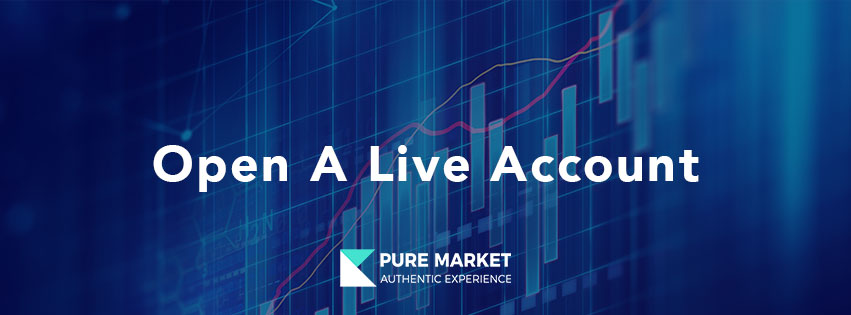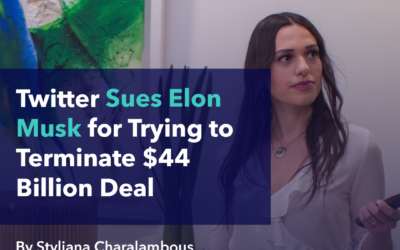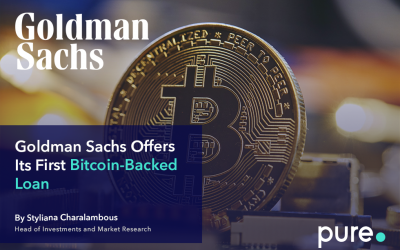In simple terms, a special purpose acquisition company is formed to raise money through an initial public offering (IPO) to buy another company.
Furthermore, a SPAC is a Company with no commercial operations that is formed strictly to raise capital through an initial public offering (IPO) for the purpose of acquiring an existing company. Also known as “blank check companies,” SPACs have been around for decades. In recent years, they’ve become more popular, attracting big-name underwriters and investors and raising a record amount of IPO money in 2019. In 2020, as of the beginning of August, more than 50 SPACs have been formed in the U.S. which have raised some $21.5 billion.
Regarding the type of investors which can invest in a SPAC, can range from well-known equity funds to the general public. Also, SPACs have two years to complete an acquisition or they must return their funds to investors.
According to SPAC Insider, in 2020, 247 newly formed SPACs raised $83 billion in capital through initial public offerings. In 2019 and 2020, more SPACs were created in those two years than in the prior 18 years combined.
Not only are the number of SPACs increasing, but each SPAC is raising more capital through IPOs to allow them to purchase larger private companies. The average SPAC IPO in 2020 was $336 million compared to $230 million in 2019.

How a SPAC works
In creating a SPAC, the founders sometimes have at least one acquisition target in mind, but they don’t identify that target to avoid extensive disclosures during the IPO process. (This is why they are called “blank check companies.” IPO investors have no idea what company they ultimately will be investing in.) SPACs seek underwriters and institutional investors before offering shares to the public.
Those companies are usually formed by investors or sponsors, with expertise in a particular industry or business sector, with the intention of pursuing deals in that area.
Going public via a SPAC is appealing because it lets private firms talk up their business. It also means their valuation is finalized with a small group of players behind closed doors before a deal is announced. In a traditional IPO, pricing can change until the night before shares start trading.
In the stock market, the SPAC has three lives. The first comes after the IPO, when the company’s only asset typically is $10 in cash per share. The stock trades around $10, and savvy investors can make money anytime the share price falls too low by getting cash at a discount.
The second occurs after the merger is announced, when the shares often swing based on how investors perceive the deal. The third happens after the merger is completed, when the shares rise and fall based on the new company’s outlook, just like any other stock. Because the private firm gets the SPAC’s place on a stock exchange, the name of the stock and ticker symbol typically change to reflect the name of the newly public company. For example, DraftKings trades under the ticker DKNG.

Risks involved
While investing in SPACs enables individual investors to, in theory, gain portfolio exposure to young companies in red-hot sectors, it’s important to remember that disclosure rules for SPAC deals differ from the disclosure rules governing IPOs.
For IPOs, companies are permitted to share past financial results and talk broadly about the markets in which they operate, but they are prohibited from projecting future financial performance. In contrast, a company going public via a SPAC deal is allowed to present detailed revenue and profit projections that are forward-looking by five years or more. For young, pre-revenue companies that might prefer for investors to focus on their potential instead of their so far unimpressive results, that regulatory distinction confers significant benefit.
The traditional IPO process is cumbersome and restrictive partly in an attempt to make sure individual investors are protected. Investors invariably lose some of those protections when they invest in SPACs. Investing in younger, less-established companies carries greater upside potential but also greater risk for your portfolio.
A cautionary tale is the SPAC merger deal between VectoIQ (NASDAQ:VTIQ) and electric truck start-up Nikola (NASDAQ:NKLA). VectoIQ shares rapidly increased in value in March 2020 when the merger deal was announced, and, by midsummer of 2020, they were up by more than 600%. Later in the summer, after the merger closed, questions surfaced about the viability of Nikola’s products. The stock’s price has since returned nearly to its starting point as more negative information about Nikola trucks has been released.
It’s impossible to know whether an IPO would have raised enough red flags about Nikola for investors, but, in hindsight, clearly insufficient due diligence was conducted prior to the SPAC merger being completed.
SPACs generally invest the proceeds in relatively safe, interest-bearing instruments, but you should carefully review the specific terms of an offering as there is no rule requiring that the proceeds only be invested in those types of instruments.
Stocks fell as traders braced for another supersized US rate hike tomorrow: Everything you need to know
Twitter Sues Elon Musk for Trying to Terminate $44 Billion Deal
Twitter Sues Elon Musk for Trying to Terminate $44 Billion Deal
Twitter Sues Elon Musk for Trying to Terminate $44 Billion Deal
Goldman Sachs Offers Its First Bitcoin-Backed Loan
Goldman Sachs Offers Its First Bitcoin-Backed Loan





